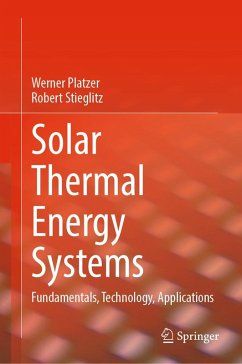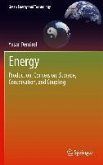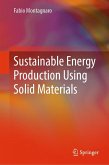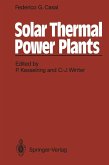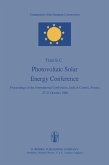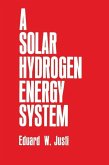This textbook is intended for master's level engineering students in the field of their studies. It begins with an analysis of the growing world population's energy demand (heat and electricity) and its connection to the undeniable climate change, necessitating the expansion of climate-friendly technologies. The book is divided into two sections. The first section (Chapters 2 to 7) presents the physical fundamentals of solar thermal energy usage, along with the necessary processes, methods, and models. The second section (Chapters 8-12) covers the synthesis of the developed fundamentals applied to various functional solar thermal systems. It not only provides the logic and methods for transferring the physical fundamentals into an operative technical system but also includes aspects of concept development, selection, economic evaluation, and performance. Additionally, measurement and control technology are presented, underpinned by real projects that have already been successfully implemented.
Dieser Download kann aus rechtlichen Gründen nur mit Rechnungsadresse in A, B, BG, CY, CZ, D, DK, EW, E, FIN, F, GR, HR, H, IRL, I, LT, L, LR, M, NL, PL, P, R, S, SLO, SK ausgeliefert werden.

